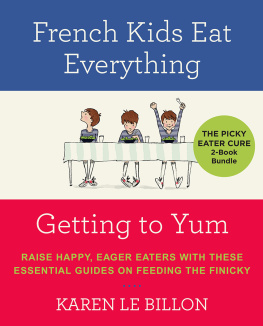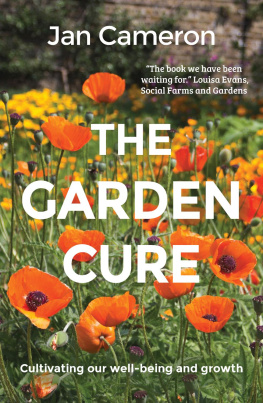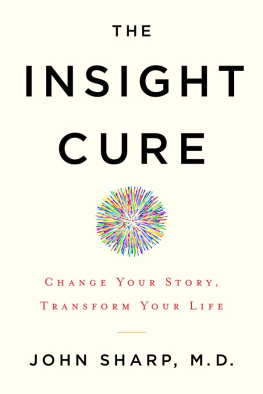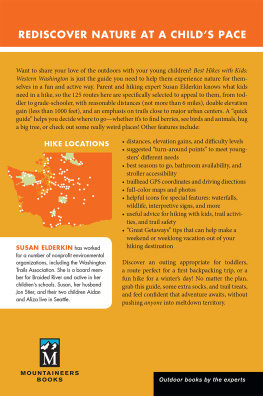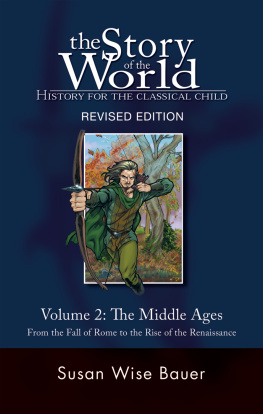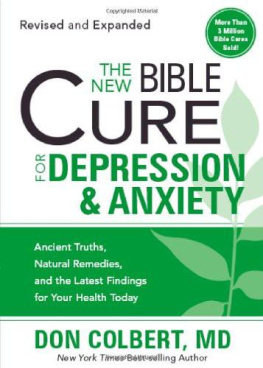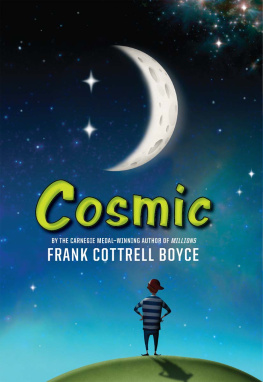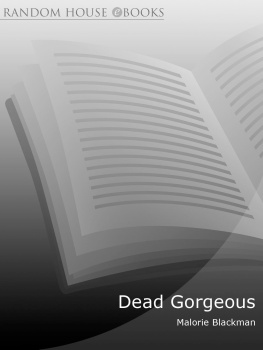Also by Ella Berthoud and Susan Elderkin
The Novel Cure
THE STORY CURE
An AZ of Books to Keep Kids
Happy, Healthy and Wise
ELLA BERTHOUD and SUSAN ELDERKIN


Published in Great Britain in 2016 by
Canongate Books Ltd, 14 High Street, Edinburgh EH1 1TE
www.canongate.co.uk
This digital edition first published in 2016 by Canongate Books
Copyright Ella Berthoud and Susan Elderkin, 2016
Illustrations Rohan Eason
G&T glass illustration Ella Berthoud
The moral rights of the authors have been asserted
British Library Cataloguing-in-Publication Data
A catalogue record for this book is available on
request from the British Library
eISBN 978 1 78211 528 1
ISBN 978 1 78211 527 4
Typeset in Archer by
Palimpsest Book Production Ltd, Falkirk, Stirlingshire
For our own strange and marvellous creatures:
Morgan, Calypso, Harper, Kirin
CONTENTS
INTRODUCTION
Between Once upon a time and happily ever after is a land weve all been to. Strange and marvellous things happen there.
Sometimes theyre things we dont normally get to do like riding on the back of a dragon, or finding the golden ticket to the chocolate factory. Often theyre things we want to do but are too scared or sensible like running away from home. And sometimes theyre things we wouldnt want to happen to us at all, but were very curious to know what itd be like if they did like being orphaned, or stranded on a desert island, or raised by a badger, or tragically turned into a rock. By the time we come back, brushing the dust off our hats, a new, worldly look in our eye, we alone know what weve seen, experienced, endured. And weve discovered something else, too: that whatever is going on in our actual lives, and whatever were feeling about it, someone else has felt that way too. Were not alone, after all.
When we suggested, with our first book The Novel Cure, that reading the right novel at the right time in your life can help you see things differently and even be therapeutic the idea was surprising and new. That childrens books can do the same for children wont surprise anyone at all. Parents, godparents, grandparents and kindly uncles not to mention librarians, English teachers and booksellers (who are, of course, bibliotherapists in disguise) have long been aware that the best way to help a child through a challenging moment is to give them a story about it, whether theyre being bullied at school, have fallen in love for the first time, or the tooth-fairy failed to show up. The best childrens books have a way of confronting big issues and big emotions with fearless delight, their instinct to thrill but also, ultimately, to reassure. No rampaging toddler ever feels quite so out of his depth after Where the Wild Things Are. No pre-teen girl so alone with her questions after Are You There, God? Its Me, Margaret.
In this book, youll find the very best childrens books to give to (or read with) the kids in your life whether theyre three or thirteen, love books or avoid them, cant sit still, want more toys, have nits or nightmares, or are desperate for more independence. For many of us, a favourite book from childhood is among our most treasured possessions not just any copy, but the actual copy we owned, defaced with wax-crayon scribbles and with the pop-up bits torn off. For Susan, its a copy of Go, Dog. Go! by PD Eastman, with its endless litany of dogs, big and little, spotted and plain, driving in open-topped cars, or sleeping in the biggest bed you ever saw, then leaping out in a blaze of colour and light when its time to wake up. Each time it was read or, rather, pored over, because this book is all about the detail in the pictures there was the chance of sharing a new, hidden joke with the author: the one dog that has his eyes open in the middle of the night, or is still snoozing at daybreak. For Ella its her copy of Tarzan of the Apes by Edgar Rice Burroughs the first in a series of twenty-four Tarzan adventures which she gulped down, one after the other, their yellowed pages teeming with the screeches and calls of the jungle. And, in the margins sometimes running over onto the text her own colourful attempts at sinuous snakes and bright-winged parrots and leaping monkeys. Potent time capsules, they seem to contain not just who we were, but who we dreamed we would one day be.
Which books our own children hang on to from their childhoods is anyones guess but theyll surely be of the physical, tangible kind. Tablets are brilliant for beaming up a book in an instant; but engaging the senses of touch and smell, as well as sight, makes it so much easier to get lost in a book.
Thats when we get transported. Thats when we go to the land.
So, if youre sitting comfortably, lets begin.

There are notable exceptions, of course: fairytales in their darkest forms, Hilaire Bellocs Cautionary Tales for Children and Heinrich Hoffmanns Struwwelpeter... all of which help to keep psychiatrists in business.
HOW TO USE THIS BOOK
This book is for grown-ups in the exciting position of choosing books for children parents, carers, grandparents, friends, teachers, librarians or distant aunts wishing to send a cuddle (or a cautionary tale) from a distance.
Its arranged like a medical reference book. Look up the ailment be it boredom, bras, or not wanting to go to bed and youll find a cure in the form of a story, or two.
Bearing in mind that reading skills and habits develop differently for every child, weve organised our cures by category rather than age, using the abbreviations PB for Picture Book, ER for Early Reader, CB for Chapter Book and YA for Young Adult fiction. Youll be able to find books the right level for a child simply by scanning for these initials.
Though each abbreviation correlates roughly to a certain age group (see the table which follows), we recommend that you and the children youre reading with roam freely among the categories. Some kids are reading chapter books by six, and many still love to hear a favourite picture book being read aloud long after theyve learnt to read by themselves. Challenging subject matter is flagged up within the descriptions. Some ailments such as being bullied, moving house, and sibling rivalry span all ages, and therefore we cure with all categories. Others are more age-specific such as acne, losing your favourite toy, and first kiss requiring a cure from just one category. Sometimes we mix the categories up: a resonant picture book can be just the ticket for a hard-to-reach adolescent; and of course chapter books that golden treasure trove clamour as much to be read aloud as alone, making them great for the shared bedtime read.
In all cases, our cures span well-known and lesser-known stories, classic and contemporary, those written by authors from near and far away, books that are part of a longer series (where necessary, we name the series in brackets), whoever it was written for.
AGE | SYMBOL | DESCRIPTION |
6 and under | 
|

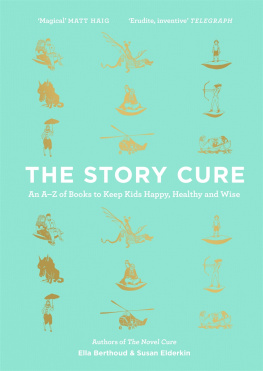
![Dzhon Makdonald - Enough to Cure the Blues [story]](/uploads/posts/book/917701/thumbs/dzhon-makdonald-enough-to-cure-the-blues-story.jpg)

